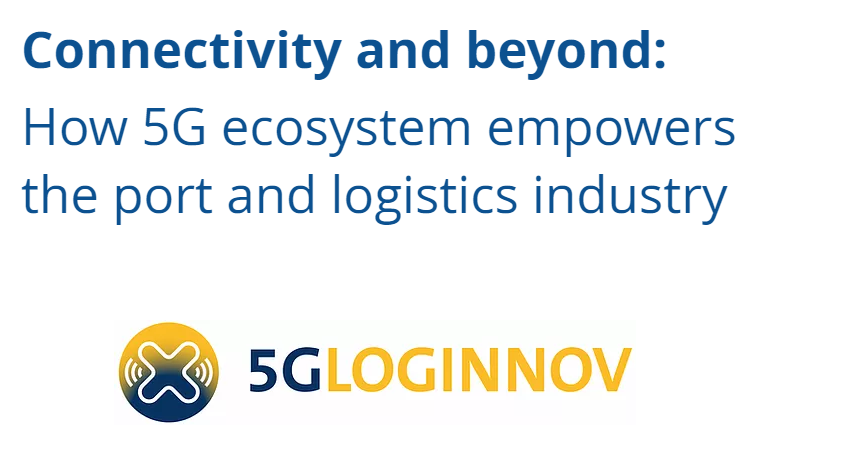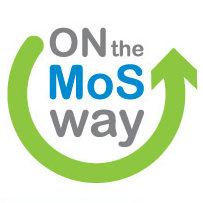
27th April 12:00 pm – 01:30 pm
Sign up
Data and connectivity have become an extremely important asset, not only to cope with traffic congestion, environmental challenges and handle upcoming and future logistics capacity but also to develop economic and innovative business opportunities for regions, industries, SMEs and high-tech start-ups.
In this frame 5G-LOGINNOV (project funded by the European Commission Horizon 2020 Research and Innovation Programme, under the Grant Agreement No. 957400), develops a range of port-driven technological and societal innovations supported by 5G technologies, IoT, data analytics, next generation traffic management and CCAM (Cooperative and Connected Automated Mobility).
These innovative solutions, tailored to realise objectives including automation for ports, generation of data on floating trucks and emission, automated truck platooning, video surveillance, precise positioning, predictive manteinance and real time tracking, are implemented and tested in real operating conditions in three Living Lab environments, associated with the ports (or neighbouring city areas) of Athens, Hamburg and Koper.
Agenda
Moderator Eusebiu Catana, 5G-LOGINNOV Coordinator, ERTICO
Welcome addresses and openings
- Miguel Montarelo Navajo – 5G-LOGINNOV Project Officer,INEA
- Deploying new CAD and Logistics tailored services in real-life port-city areas with 5G-LOGINNOV – Eusebiu Catana, 5G-LOGINNOV Coordinator, ERTICO
5G-ecosystem enabled innovation for future European ports and hub-logistics
Port of Koper Living Lab Use Cases
- Janez Sterle, Founder and CEO, INTERNET INSTITUTE Ltd
- Dejan Šošter, TELEKOM SLOVENIJE
Piraeus-Athens Living Lab Use Cases
- Pavlos Basaras, ICCS
Hamburg Living Lab Use Cases
- Ralf Willenbrock, Product manager Logistic, T-System
Emerging 5G business opportunities and models: how 5G can enable new market players in the logistics domain
- Mariangela Rosano, ICOOR
Q&A
Final remarks
 This project has received funding from the European Union’s Horizon 2020 research and innovation programme under grant agreement No. 957400
This project has received funding from the European Union’s Horizon 2020 research and innovation programme under grant agreement No. 957400

